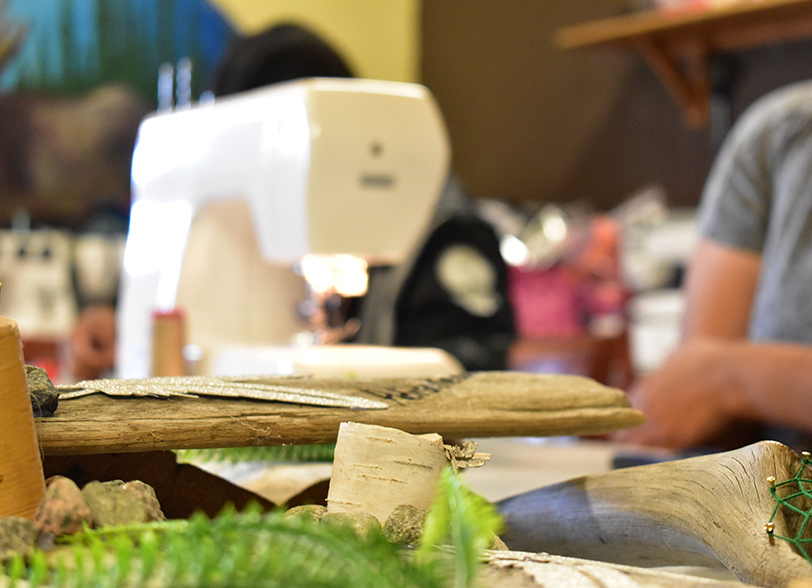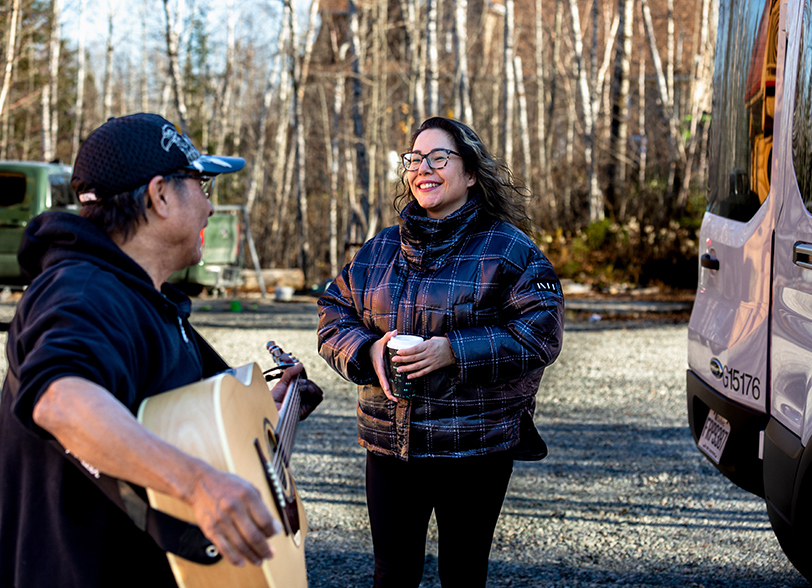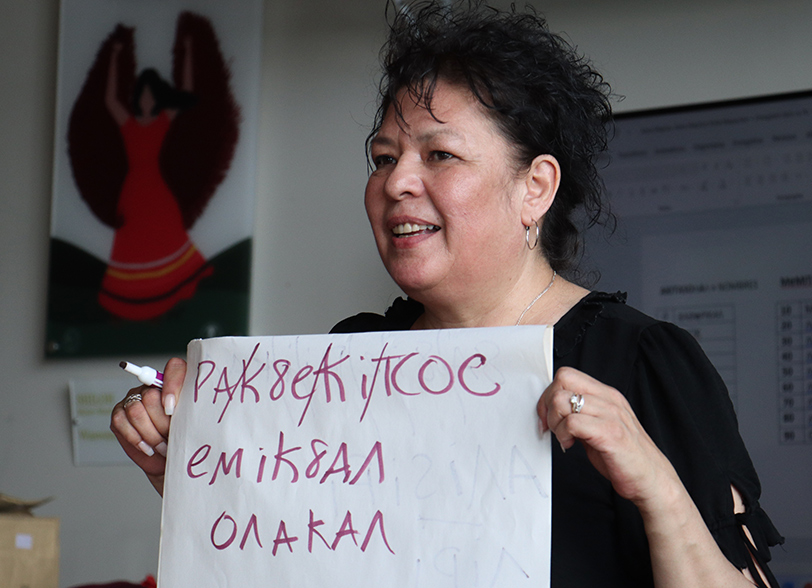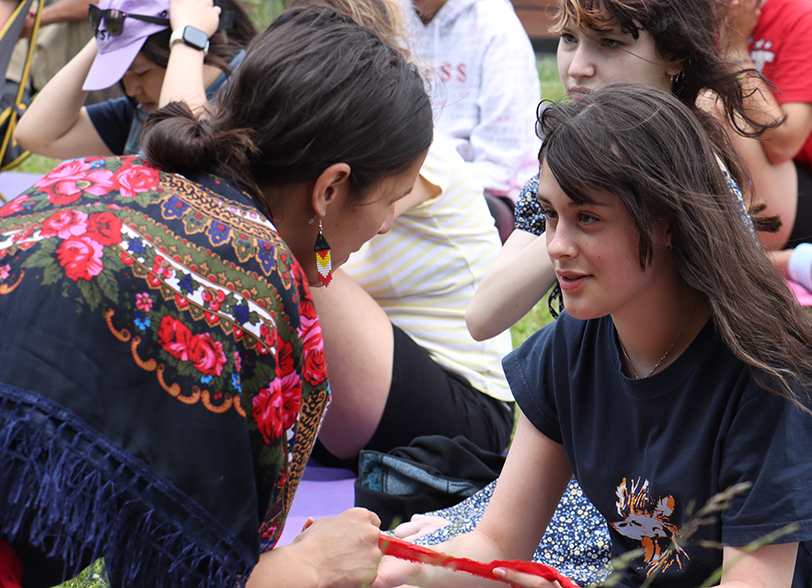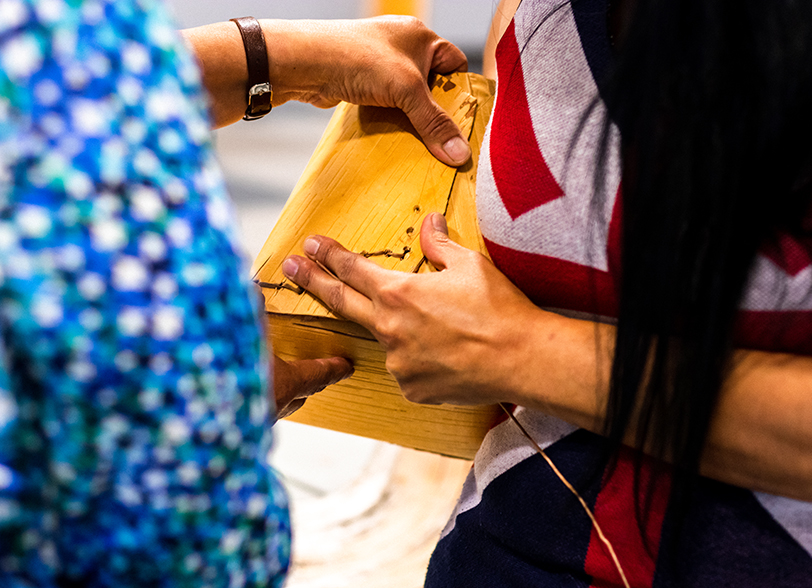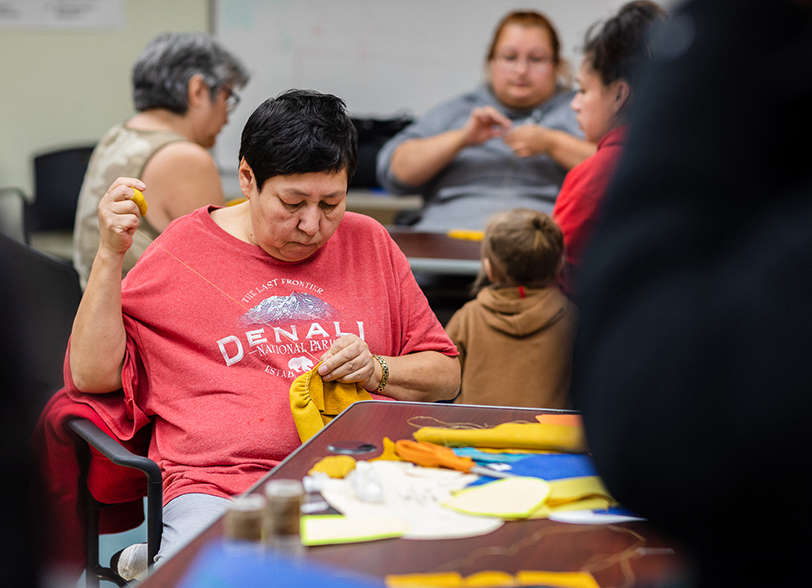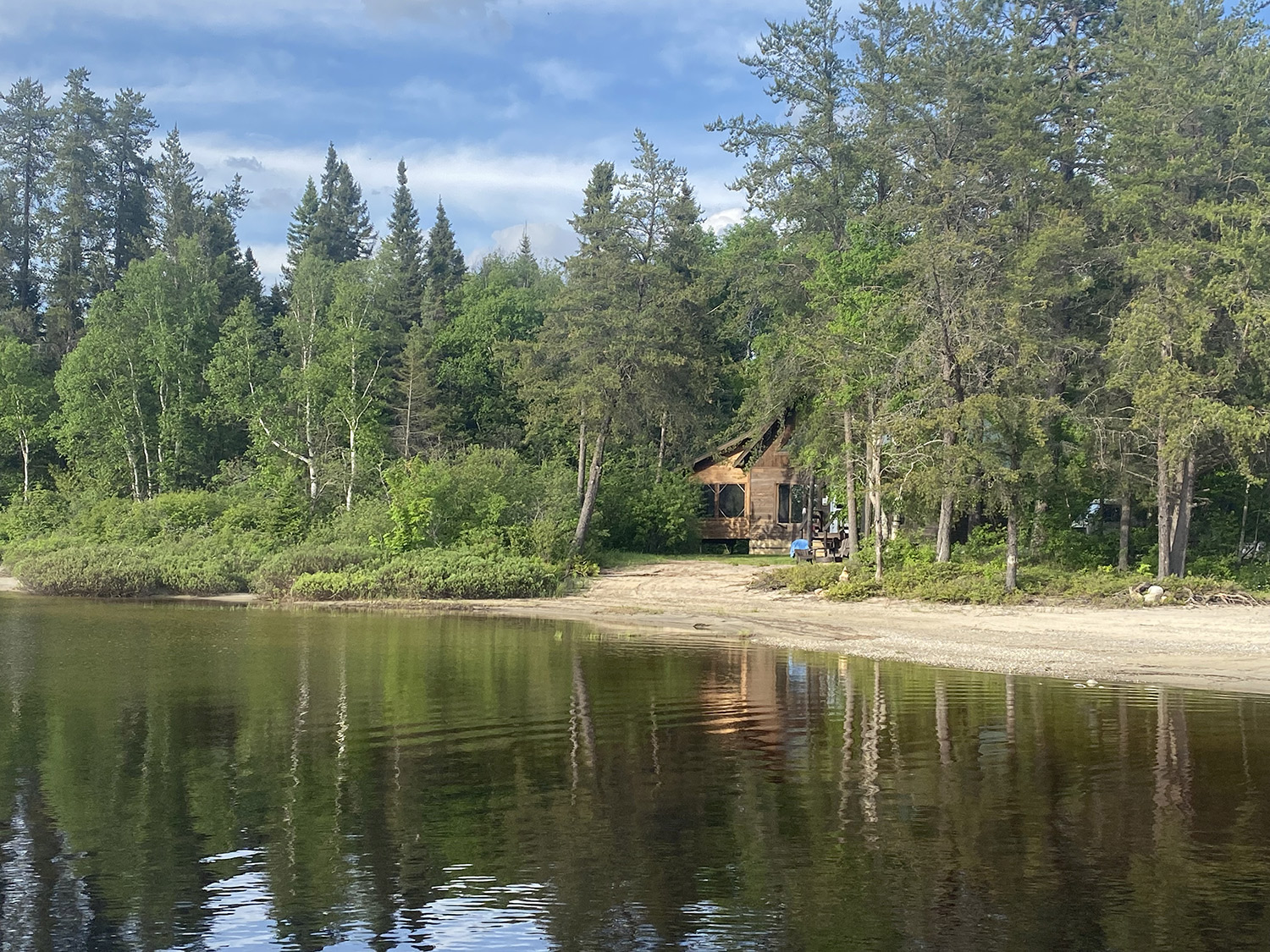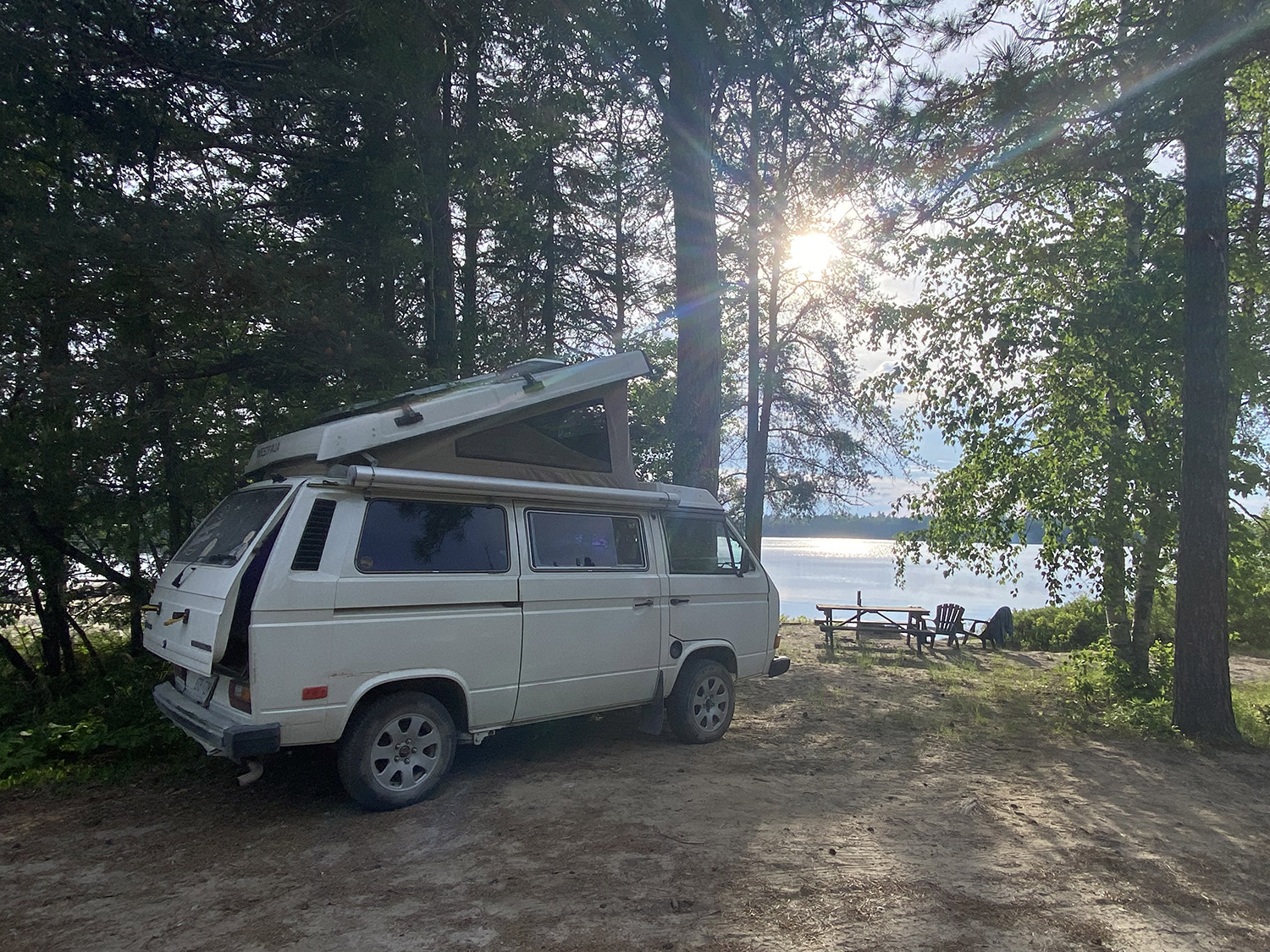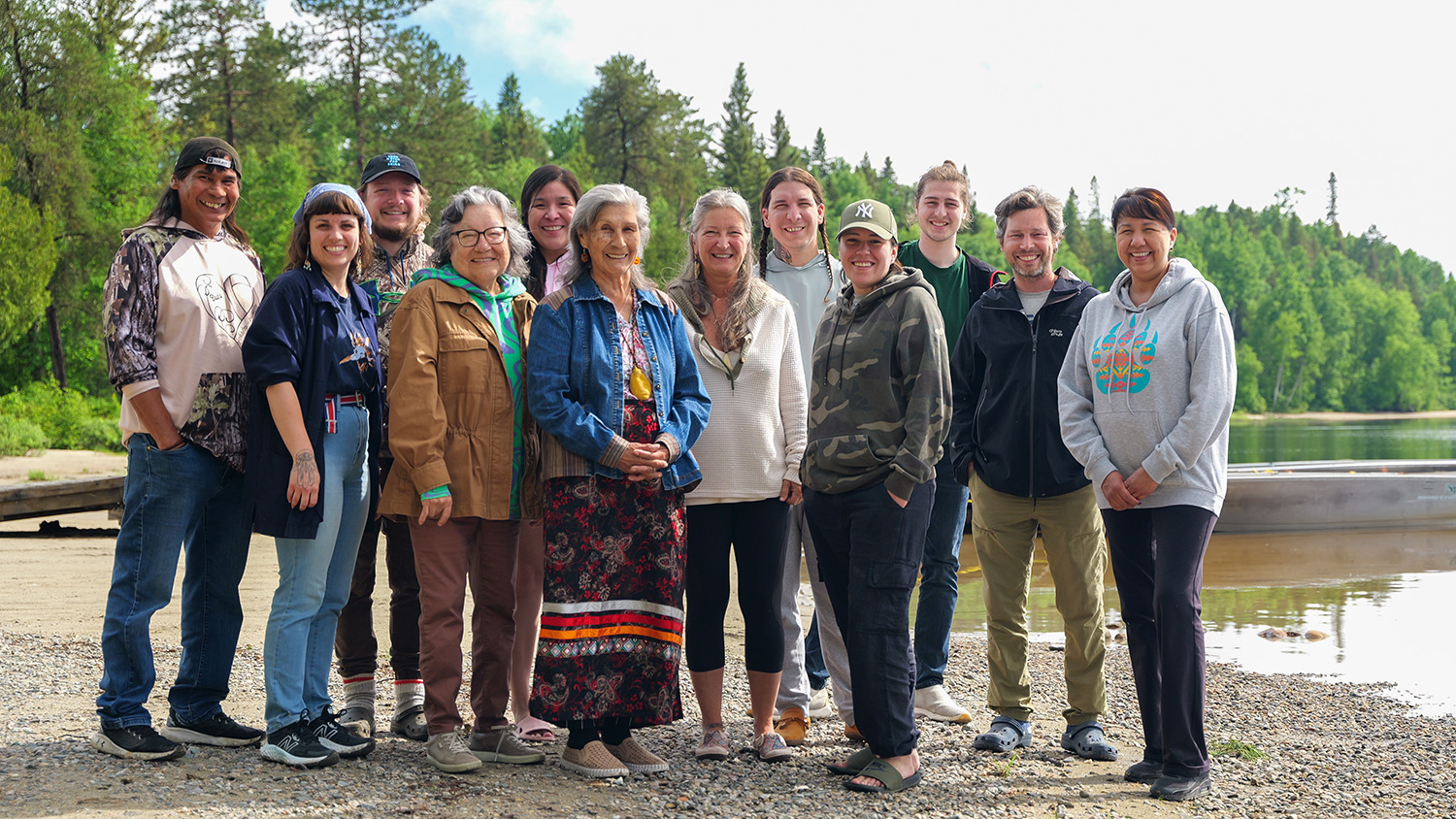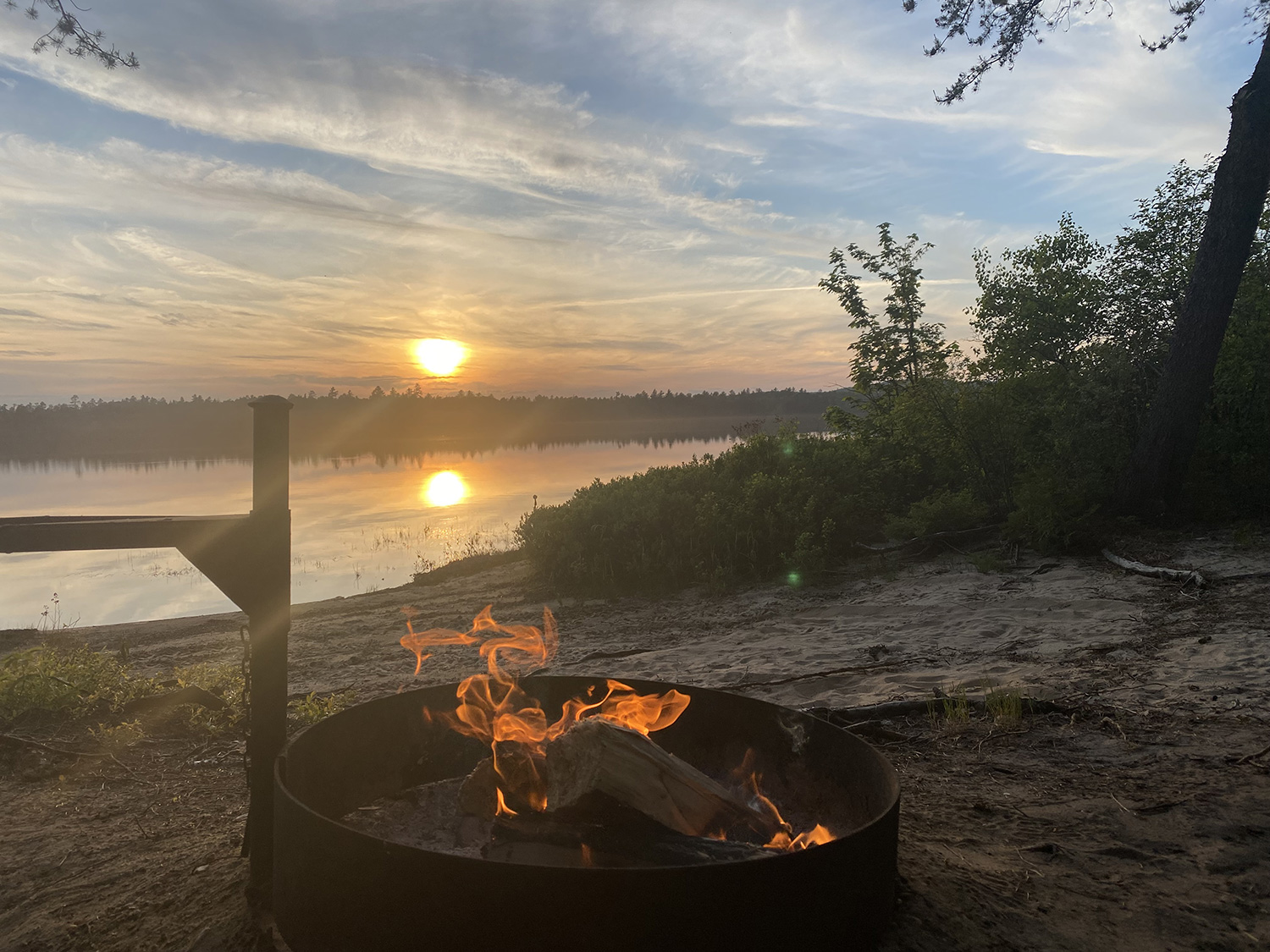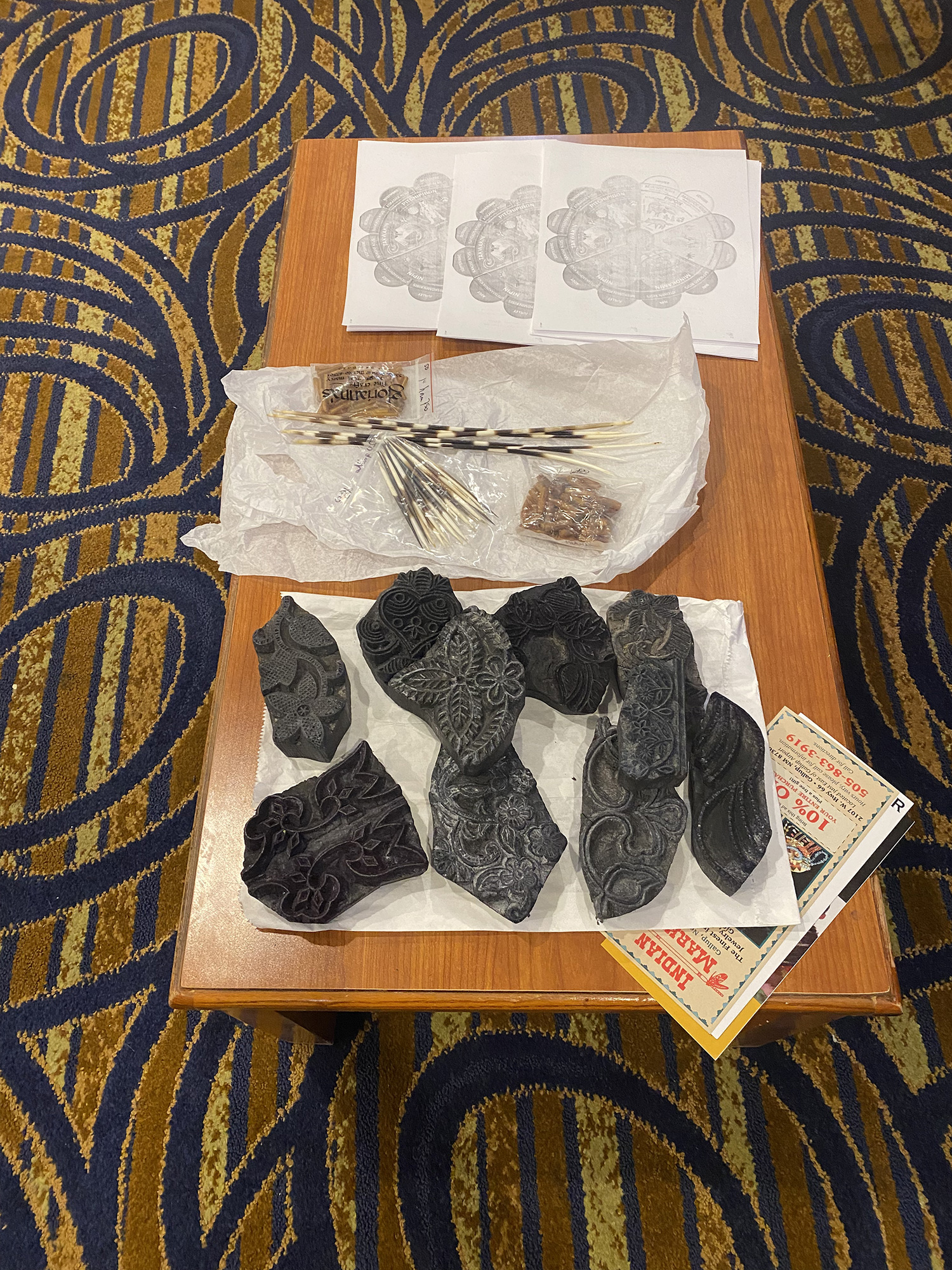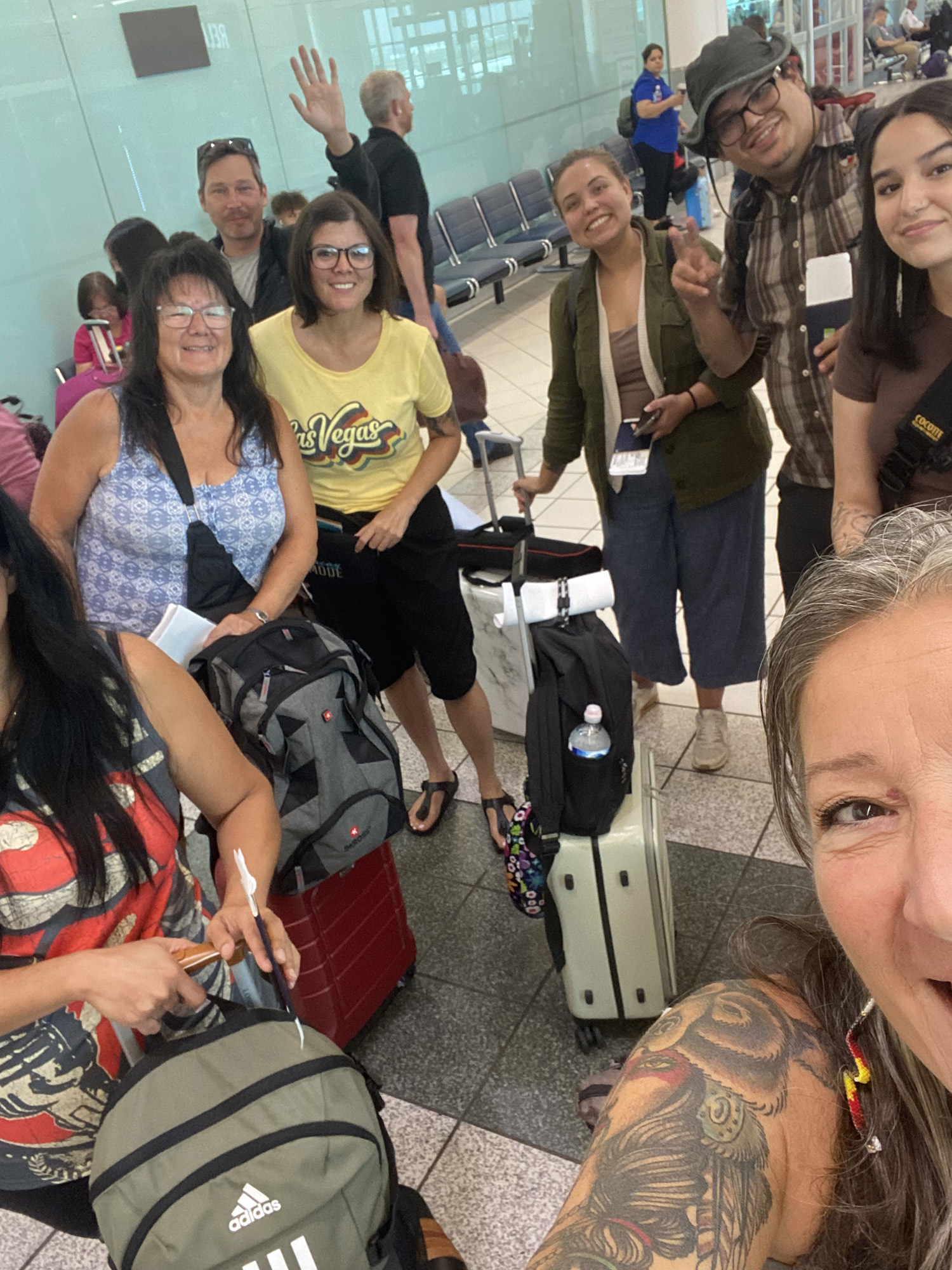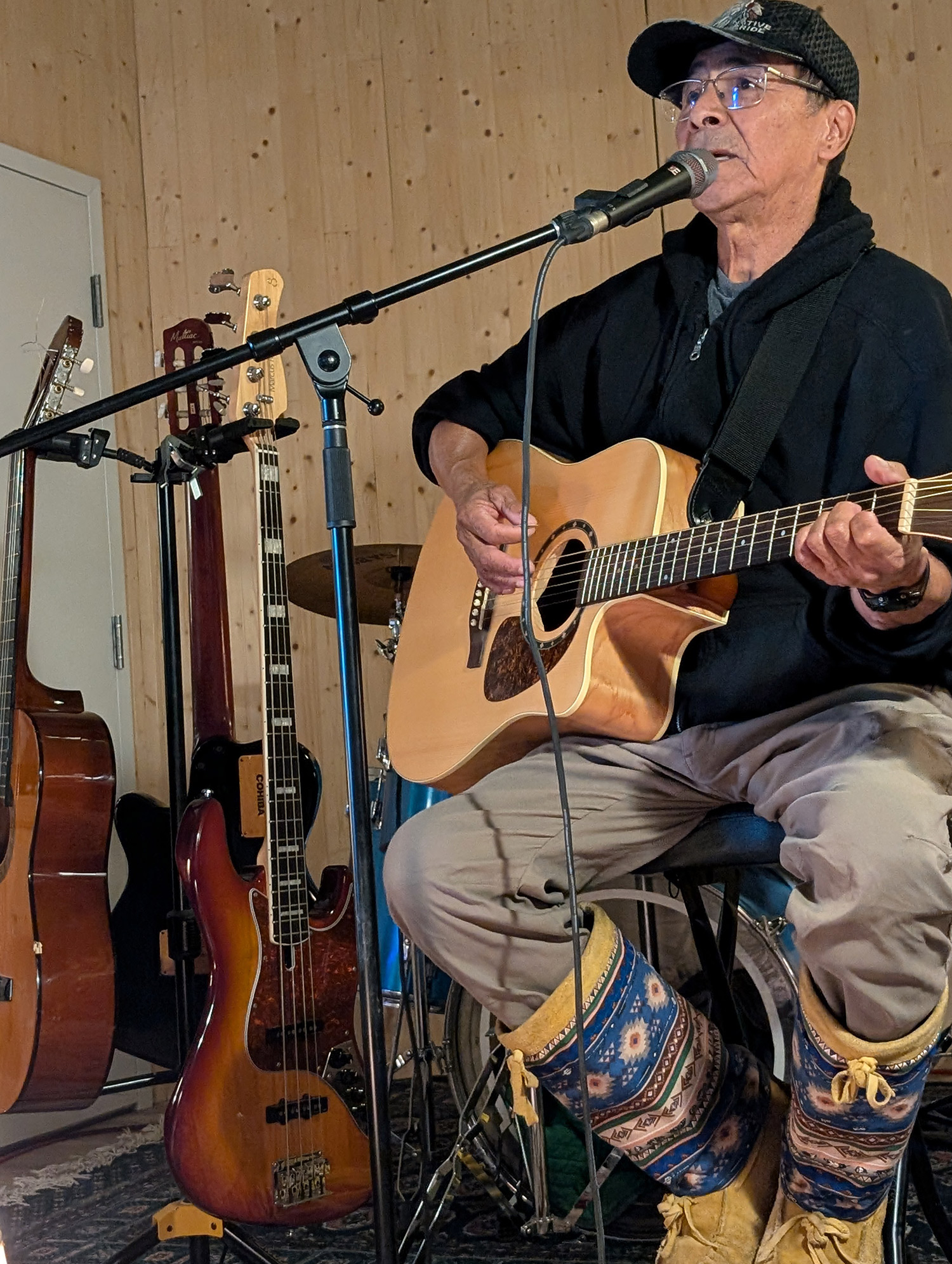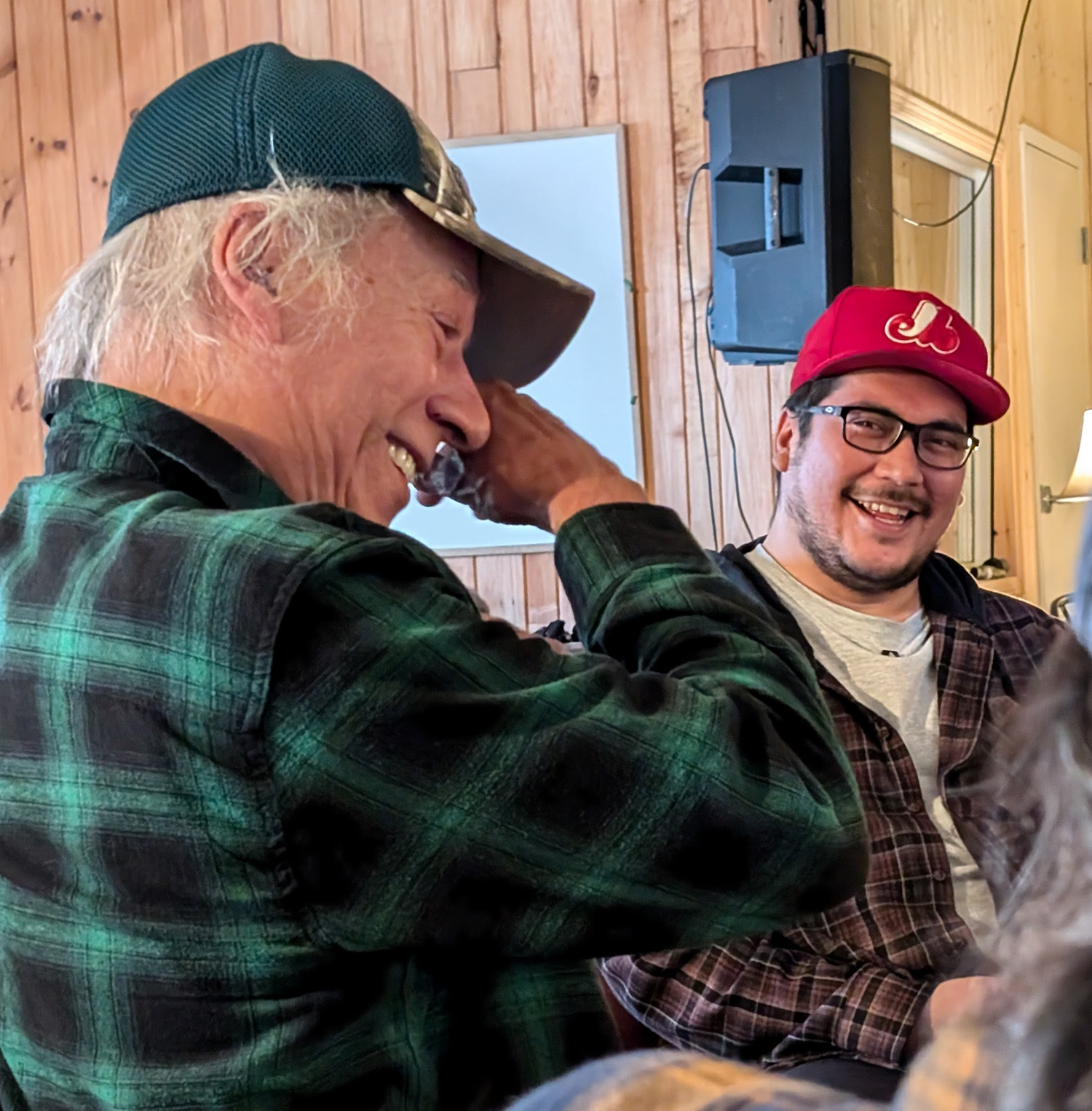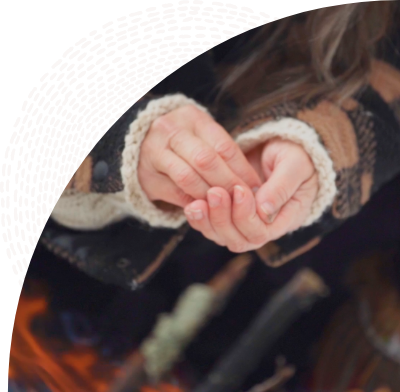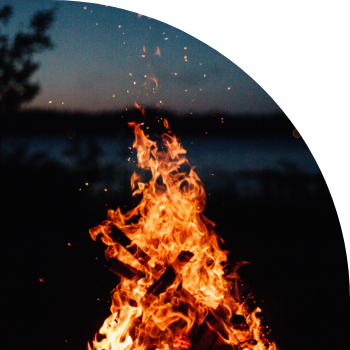
Papakinece, which means “spark”, is the inner flame that nourishes creativity and illuminates our being. Minwashin is proud to support the creators and guardians of Anicinabe culture in their artistic approach. By traveling the Anicinabe territory, we seek to make this light grow and share it with the world.
Papakinece, which means “spark”, is the inner flame that nourishes creativity and illuminates our being. Minwashin is proud to support the creators and guardians of Anicinabe culture in their artistic approach. By traveling the Anicinabe territory, we seek to make this light grow and share it with the world.
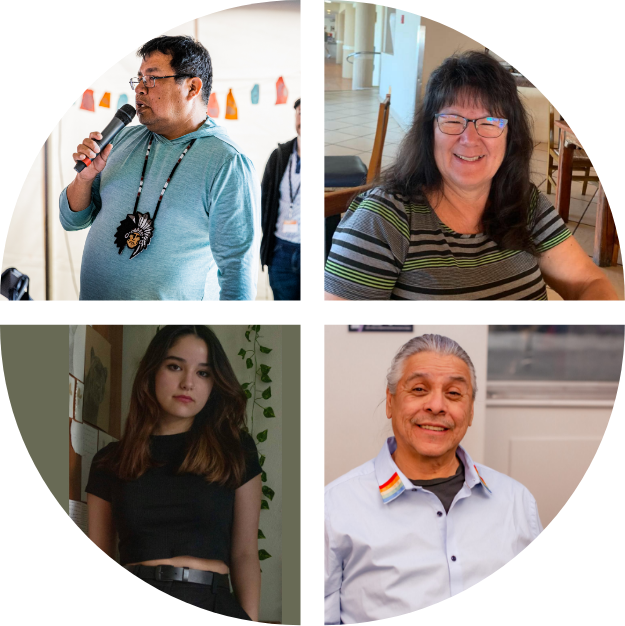
Goals and values
In harmony with our mission, this program supports artists at every stage of their creative journey, forging human links and amplifying their voices.
Papakinece nurtures unique moments of sharing that inspire creativity and foster artistic growth. These experiences open doors to new opportunities, while strengthening the precious bonds between cultural bearers, artists and artisans. With this approach, we enhance their know-how and pass on the rich Anicinabe heritage.
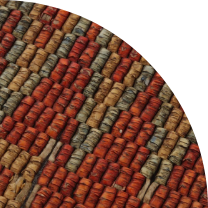

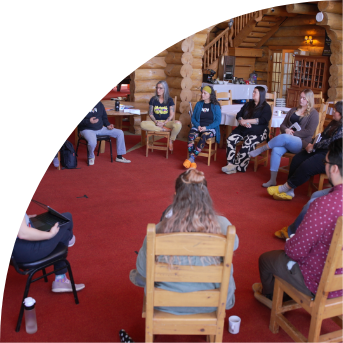

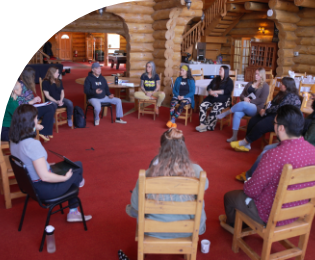



Mawisak
Mawisak, in Anicinabe, means “to be and share together”. It’s not just an artists’ residency or a training course, but a unique moment where you stop to reconnect with your art and your community.
Born of the desire of cultural carriers to delve deeper into traditional and contemporary skills such as music, beadwork, writing, textile arts and much more, mawisak offers a precious opportunity to explore modern means of expression while preserving the deep cultural link and importance of an authentic message.
During this suspended moment and place, artists and creators come together to draw inspiration, share experiences and forge precious links, all under different themes. It’s a place of transmission and evolution, a bridge between tradition and innovation, but still at the heart of Anicinabe culture.
Our mawisak
You would like to participate or organize a mawisak?
Crédits photo : Minwashin, Marie-Raphaëlle LeBlond et France Lemire.




